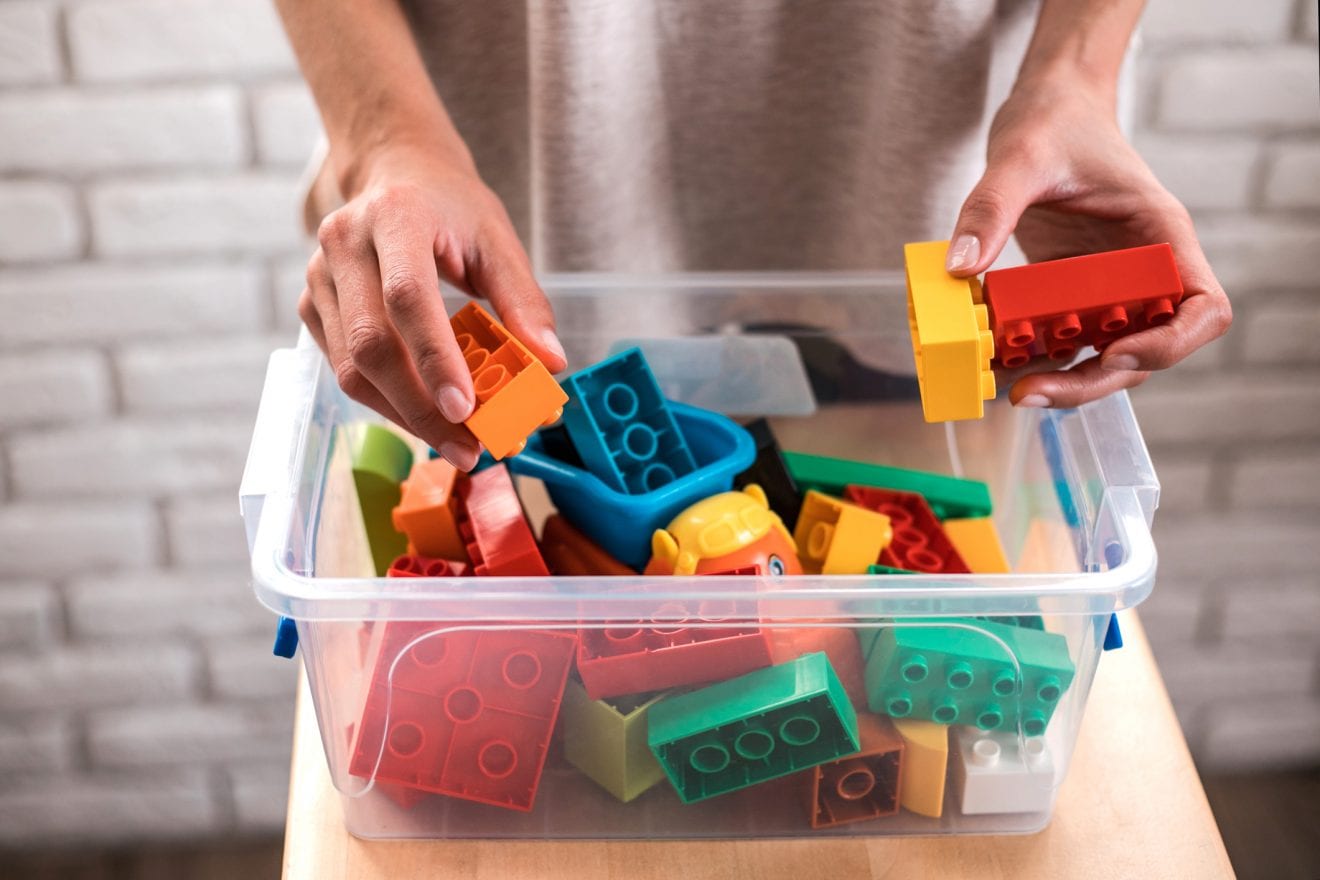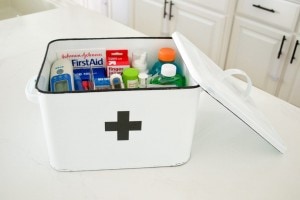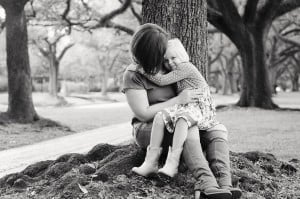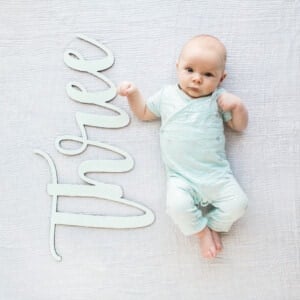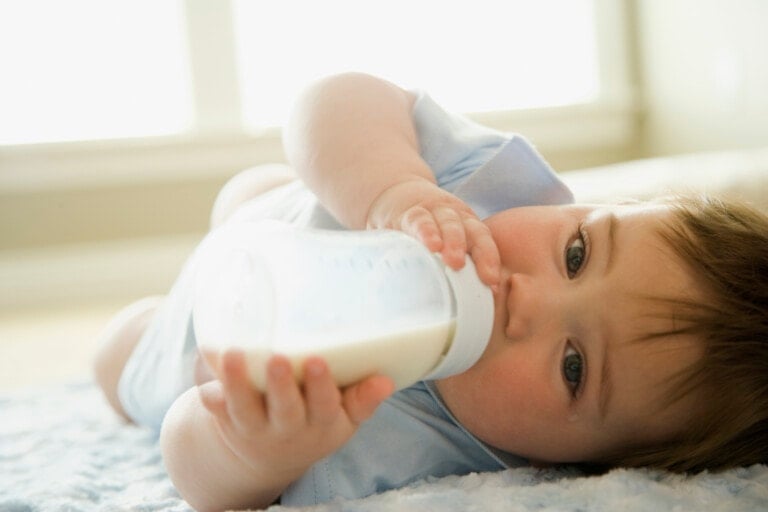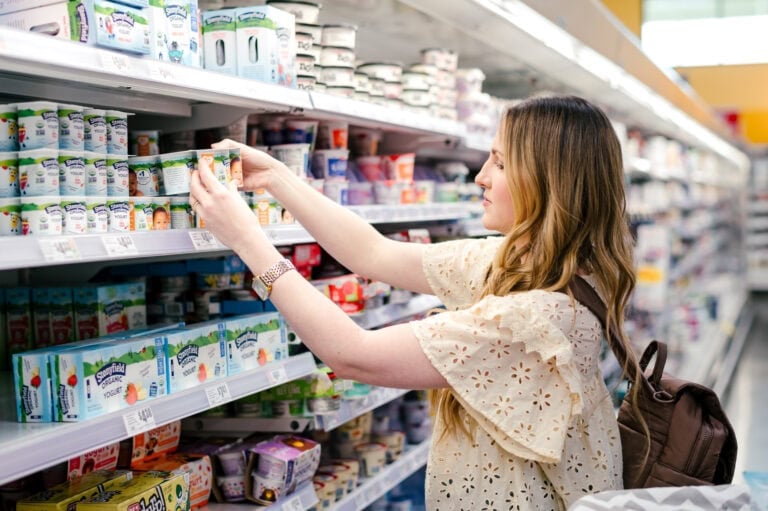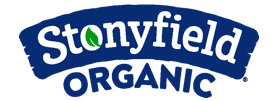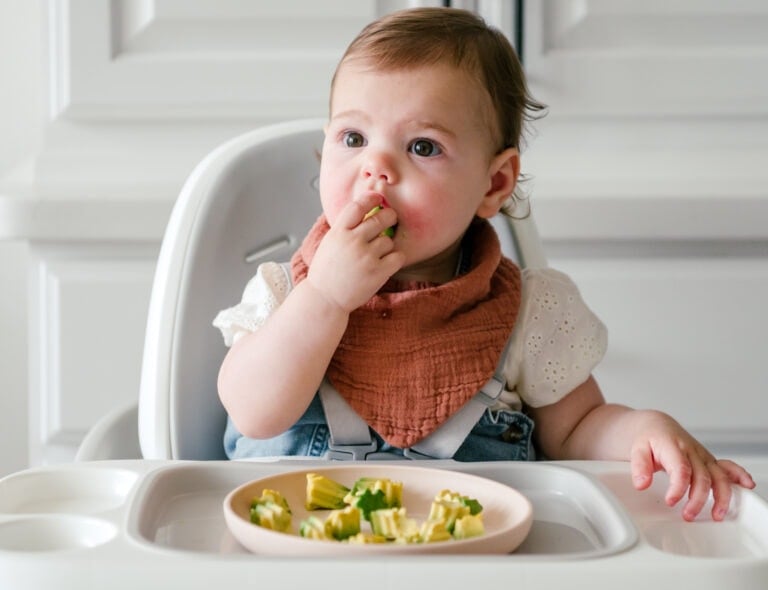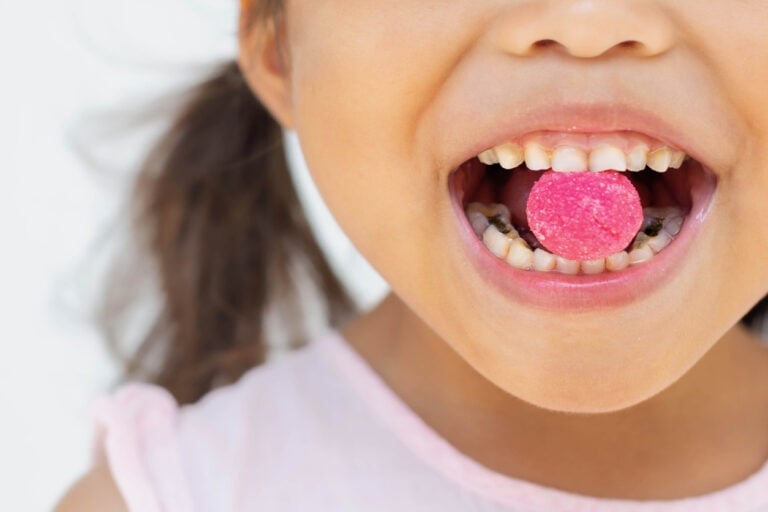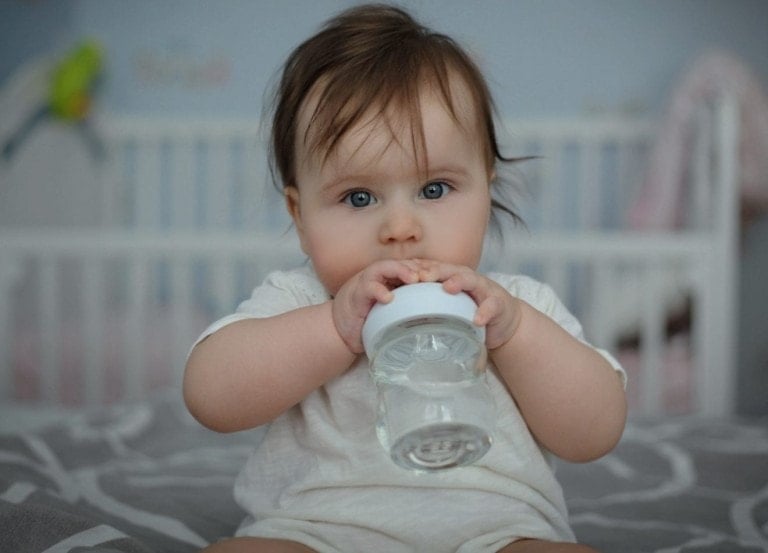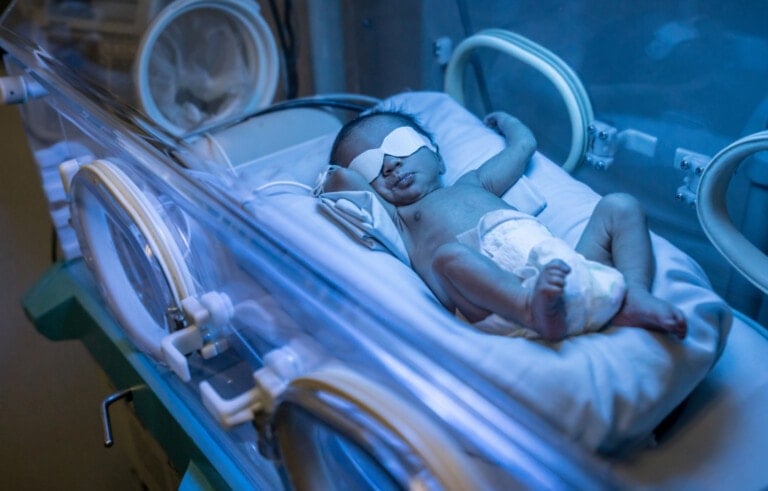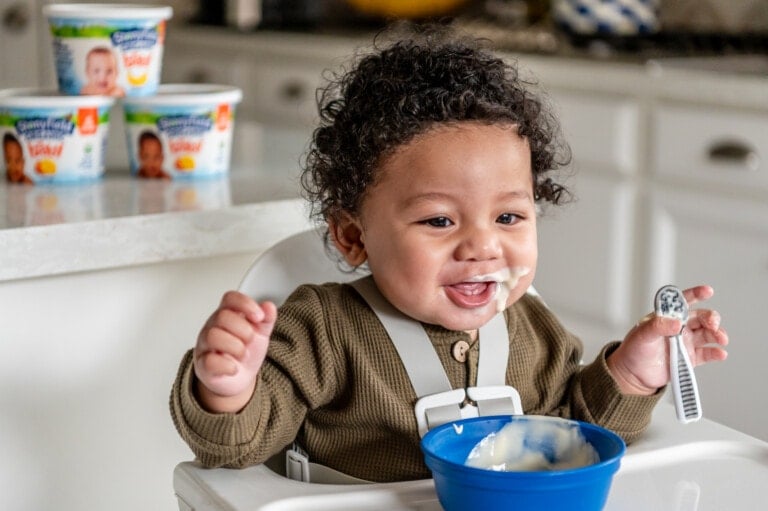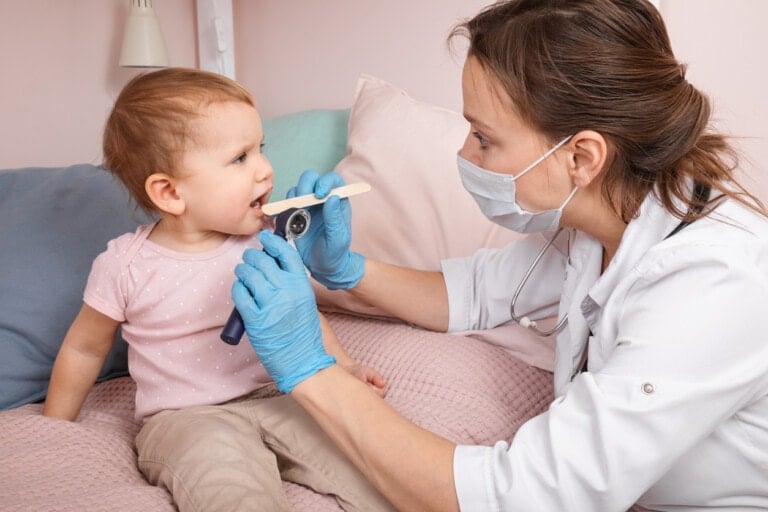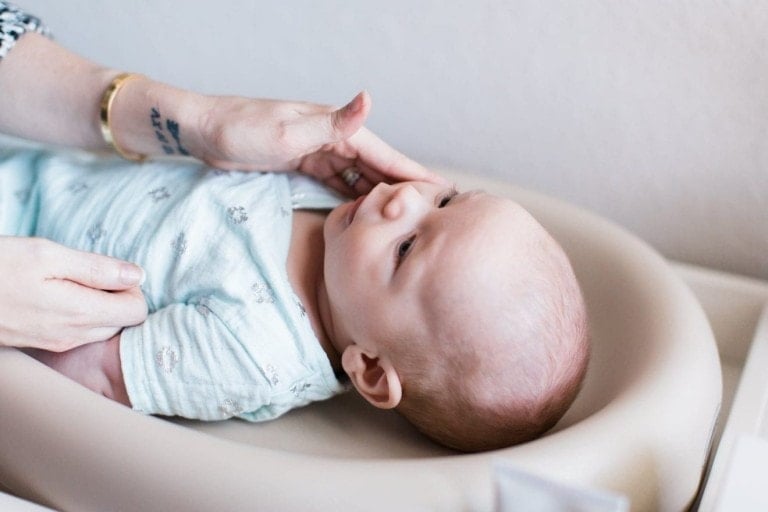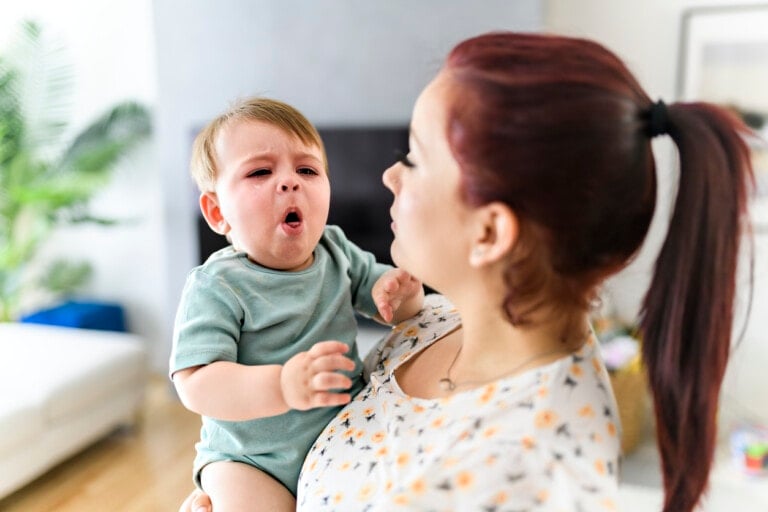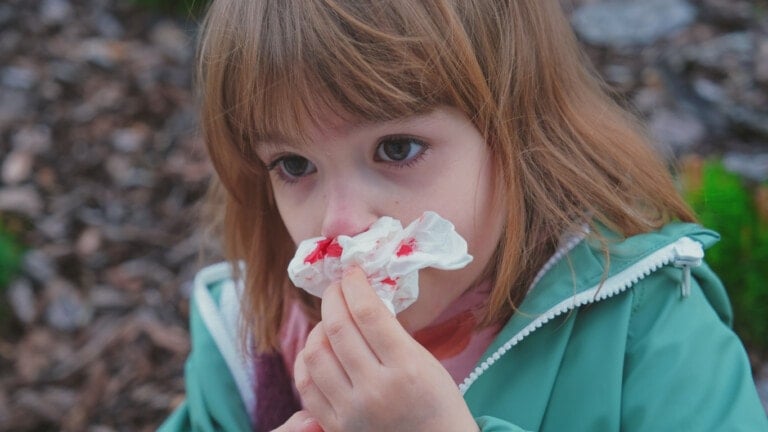It’s hard to be a parent at times like these. It means lots and lots of cleaning and being vigilant about killing germs daily. During this season, when many of us have our kids at home, it’s important to learn the best-known strategies for cleaning your kid’s toys effectively. As a mama, teacher, childcare provider, and school administrator, I have seen and tried different ways to keep toys and the objects children use most often clean and free of germs. It’s a struggle, but it’s worth it!
Even though COVID-19 is a novel virus, experts say that we can still use products that the Environmental Protection Agency lists to kill similar viruses, like the rhinovirus or common cold.1 And when we halt the spread of germs in our homes, we are doing our part to keep our communities healthy, too.
Sanitizing vs. Disinfecting
Before we start, it’s important to know sanitizing is not the same as disinfecting. The first describes a cleaning method that reduces the number of germs and usually takes less time. The latter kills germs and can take anywhere up to 10 minutes. And it often requires leaving a surface wet for 30 seconds or more while the disinfection occurs.
So What Exactly Kills Coronavirus?
Experts are not 100% certain what kills the Coronavirus. But based on similar viruses that have been effectively killed by cleaning products in the past, experts at the U.S. Environmental Protection Agency believe that the following products will kill the Coronavirus, too:
- Clorox Disinfecting Wipes
- Clorox Clean-Up Cleaner + Bleach
- Lysol Disinfectant Spray
- Lysol Multi-Purpose Cleaner with Bleach
- Lysol Multi-Purpose Cleaner with Hydrogen Peroxide
- Purell Multi-Surface Disinfectant Spray
- Microban 24-Hour Multi-Purpose Cleaner
Cleaning products may claim to disinfect viruses and bacteria, but not all are equally effective on all types of germs.
DYI Disinfectants
Of course, buying products is not essential if you are willing to make your own disinfectants at home! Just be sure you are using the correct amounts of water combined with disinfectant so what you make is effective in killing the Coronavirus.
According to the U.S. Center for Disease Control (CDC), you can combine chlorine bleach with water to create effective solutions.2 For large quantities, try 1/3 cup of regular chlorine bleach per gallon of water. For smaller batches, use 4 teaspoons of regular chlorine bleach and 1 quart of water. You can use hydrogen peroxide as-is, typically sold in 3% solutions. It can be effective when sprayed on non-porous surfaces and left for at least one minute before drying with a cloth. Isopropyl alcohol at 70% can likewise work when wiped or sprayed onto a surface and left to remain wet for 30 seconds or more. There is no evidence to support products like baking soda or vinegar kill this virus. So avoid using those products for the time being.
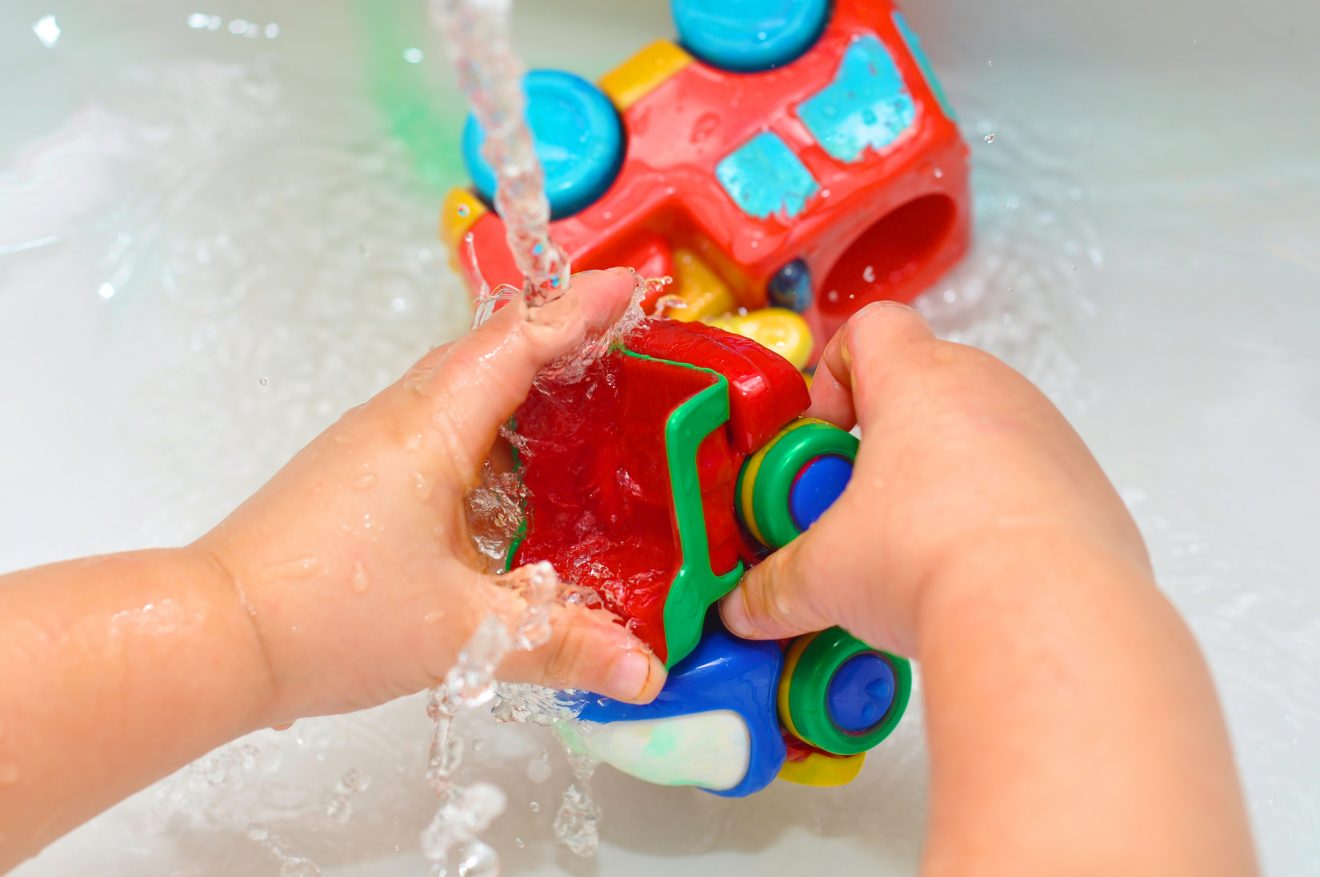
The Best Way to Clean Kids Toys
Hard Plastic Toys
Here is the best way to sanitize and disinfect hard plastic toys such as: pretend food and kitchen items, Legos, tiles, figurines, hard plastic dolls, trains, plastic trucks and cars, etc.
- Remove dirt and stains by placing toys in a bucket or tub with hot, soapy water.
- Scrub toys with a brush to get debris off entirely.
- Rinse toys in clean water and air dry.
- Rinse and air dry in the tub, then re-fill with a disinfectant solution. Be sure to read product directions regarding the amount of product mixed in a given amount of water.
- Soak toys in a disinfectant solution, then rinse and air-dry on a clean surface.
Porous and Battery-Operated Toys
Here is the best way to sanitize and disinfect porous and battery-operated toys such as books, stuffed animals, puzzles, wooden blocks, tablets, toddler cell phones, talking dolls, etc.
- Wipe the toy down with a cloth that has been soaked in hot water and try to remove dirt and debris. A toothbrush or scrub brush can help remove hard to reach dirt. Rinse the toy and allow it to air dry completely.
- Soak a new cloth in a disinfectant solution. Be sure to read product directions regarding the amount of product mixed in a given amount of water.
- Wipe the toy with the disinfectant cloth and allow the solution to stay on the toy for the time allotted by the product necessary to kill germs.
- Wipe the toy with a third cloth that’s been soaked in clean water to remove any remaining dirt or disinfectant.
- Air dry toys spread out on a clean cloth or surface.
Clean Your Frequently Used Hard Surfaces
While you are busy working to clean kids toys, don’t forget to disinfect the following commonly used surfaces as well:
- faucet handles
- phones
- remote controls
- doorknobs
- kitchen counters
- tables
- child gates
Always Use Caution When Cleaning
Whether you choose to purchase a product online, or make it yourself at home, be sure to read the directions carefully. Never mix two different types of cleaners. Keep children away from cleaning products, and make sure your space is well-ventilated to protect you and your family from fumes.
As situations and methods may get updated, please refer to the most current information on COVID-19 by visiting online resources provided by the CDC, WHO, and your local public health department.













